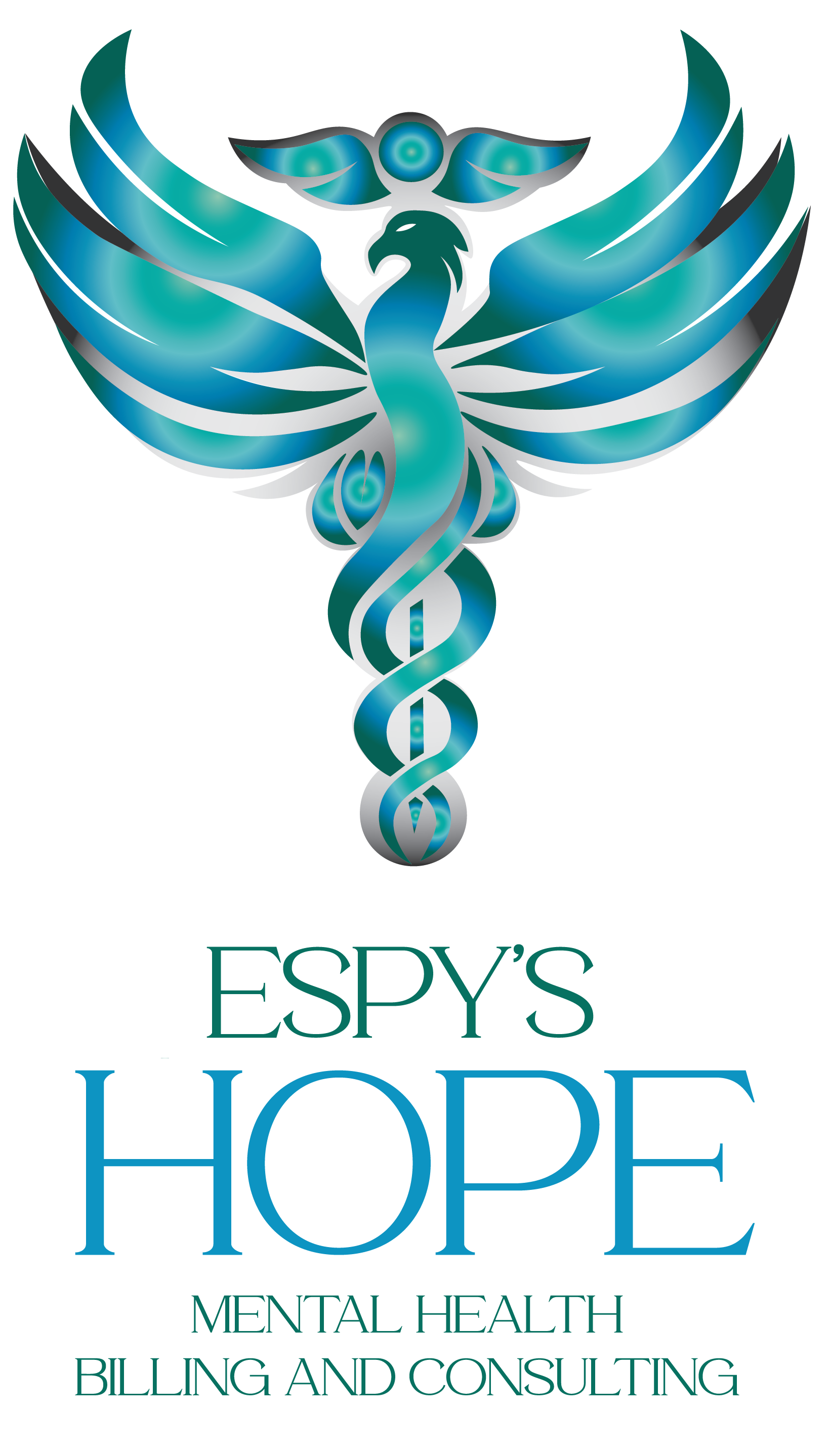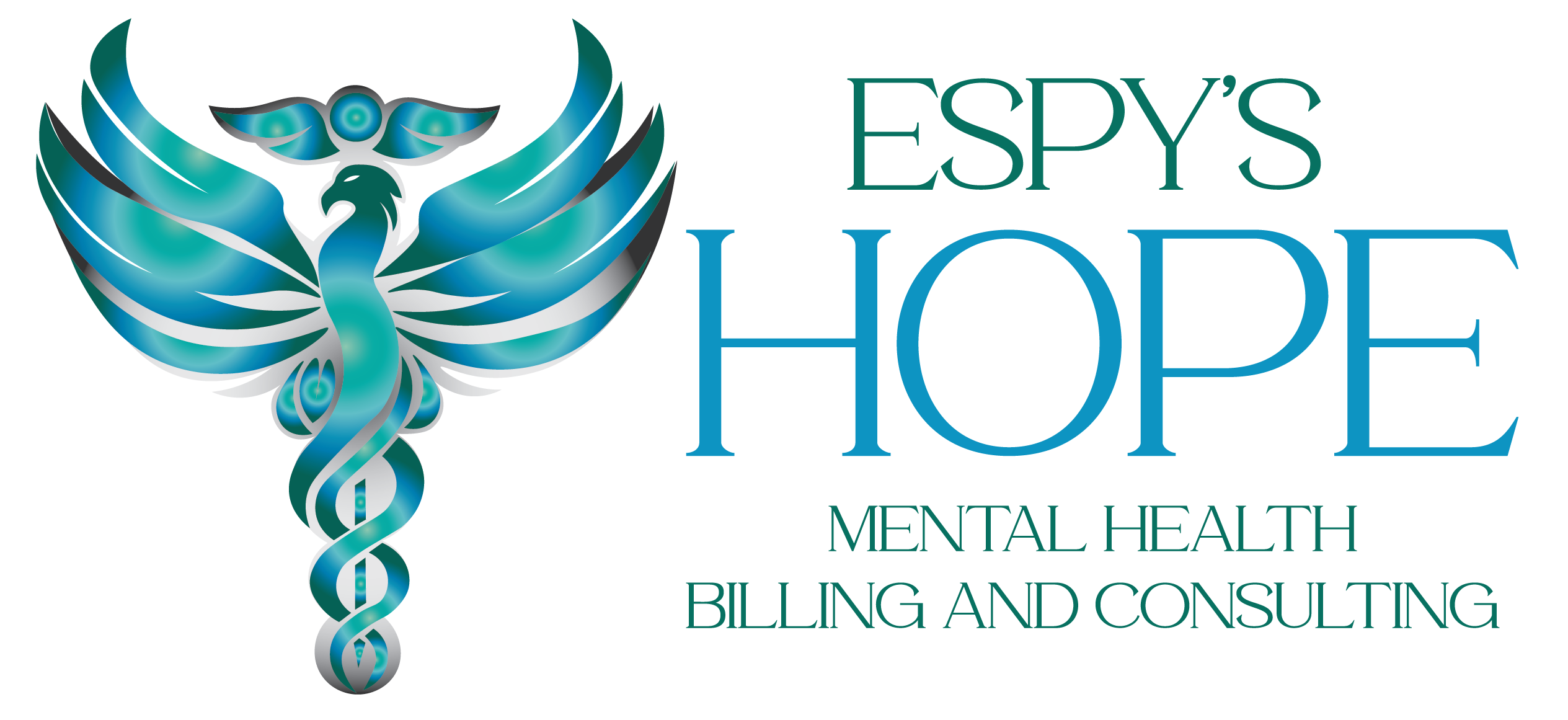What Mental Health Providers Need to Know About New Changes in Coding and Billing for MAT Programs
- Espy

- Sep 26, 2024
- 4 min read
MAT Coding and Billing for Mental Health Providers
Medical coding and billing are dynamic fields, especially for mental health providers working within Medication-Assisted Treatment (MAT) programs. Recent updates and changes to coding regulations have introduced both challenges and opportunities for those managing billing in MAT services. Understanding the latest changes in medical coding and billing for MAT programs is crucial for mental health providers to ensure compliance, maximize reimbursement, and enhance patient care. In this article, I’ll dive into the updated codes, outline key considerations for providers, and share best practices to help navigate these changes effectively.

Understanding the New Changes in MAT Coding and Billing
The most recent updates to coding for MAT programs reflect broader efforts to improve treatment accessibility, patient care, and billing processes. Key changes include updates to the ICD-10 codes related to opioid use disorder and MAT, as well as new CPT codes that better capture the scope of services provided in MAT programs.
1. Updated ICD-10 Codes for Opioid Use Disorder:
Recent revisions have introduced new, more specific ICD-10 codes that better represent the complexities of opioid use disorders and associated treatments. These updates aim to improve the accuracy of patient records and facilitate precise data collection, which is crucial for patient care and reimbursement. Key ICD-10 codes include:
F11.10: Opioid abuse, uncomplicated
F11.20: Opioid dependence, uncomplicated
F11.21: Opioid dependence, in remission
F11.23: Opioid dependence with withdrawal
F11.24: Opioid dependence with opioid-induced mood disorder
F11.9: Opioid use, unspecified, uncomplicated
2. New CPT Codes for MAT Services:
Changes in CPT codes now include specific codes for the administration and management of MAT medications such as methadone and buprenorphine, as well as the counseling and behavioral therapies that are integral to MAT. Important CPT codes include:
H0020: Methadone administration and/or service by a licensed program
G2067: Office-based treatment for opioid use disorder, including treatment plan, care coordination, therapy, and counseling for the first month
G2078: Methadone administration for opioid dependence
G2079: Buprenorphine and naloxone combination (sublingual film or tablet), 1 mg
G2080: Extended-release buprenorphine injection, not otherwise specified, 100 mg
3. Emphasis on Telehealth Services:
With the rise of telehealth, new codes accommodate virtual MAT services, expanding access to care for patients who cannot attend in-person appointments. Relevant telehealth codes include:
99441-99443: Telephone evaluation and management services (5-30 minutes)
G2012: Virtual check-in by a physician or qualified healthcare professional
99457-99458: Remote physiologic monitoring treatment management services
4. Compliance with Updated HIPAA and Confidentiality Regulations:
With the sensitive nature of MAT services, providers must remain vigilant about compliance with updated HIPAA regulations and 42 CFR Part 2, which governs the confidentiality of substance use disorder patient records. Ensuring secure handling of patient information, especially in electronic and telehealth contexts, is essential.
Challenges Faced by Mental Health Providers
Despite these positive changes, mental health providers face challenges in adapting to the new coding and billing regulations:
Complexity in Coding: The specificity of new codes requires billers to thoroughly understand the MAT services provided to select the correct codes. Errors can lead to denied claims and reduced reimbursement.
Navigating Telehealth Regulations: Billing for telehealth services introduces complexities, particularly regarding which codes are reimbursable and insurer-specific requirements.
Ensuring Compliance: Heightened focus on patient privacy means mental health providers must implement robust protocols for compliance with confidentiality laws.
Best Practices for Maximizing Reimbursement and Compliance
To navigate these changes successfully, mental health providers should consider these best practices:
1. Regular Training and Education: Stay updated on the latest coding changes through continuous education and training. Utilize resources like the American Medical Association for current guidelines.
2. Implement Robust Compliance Protocols: Ensure your practice has strong protocols for HIPAA and 42 CFR Part 2 compliance, including secure handling of patient data and electronic health records.
3. Leverage Professional Billing Services: Partnering with a specialized billing service that understands MAT program billing can help manage coding accurately, maximize reimbursement, and reduce administrative burdens.
4. Use Technology to Streamline Processes: Invest in billing software that integrates coding updates and offers compliance checks, which can significantly reduce errors and improve efficiency.
5. Stay Engaged with Payers: Communicate regularly with insurers to stay informed about specific requirements for MAT billing, which helps avoid denials and ensures claims meet payer standards.
Partner with Espy’s Hope Billing and Consulting
Navigating the complexities of medical billing and coding for MAT programs can be overwhelming, but you don’t have to do it alone. At Espy’s Hope Billing and Consulting, we specialize in mental health billing and coding, offering personalized support to ensure your practice stays compliant, maximizes reimbursement, and operates smoothly. With our expertise in the latest coding changes and a deep understanding of the unique challenges faced by mental health providers, we are your collaborative partner in elevating your practice.
Contact us today to learn how we can help you navigate these changes with confidence and focus on what you do best—providing exceptional care to your patients.




Comments